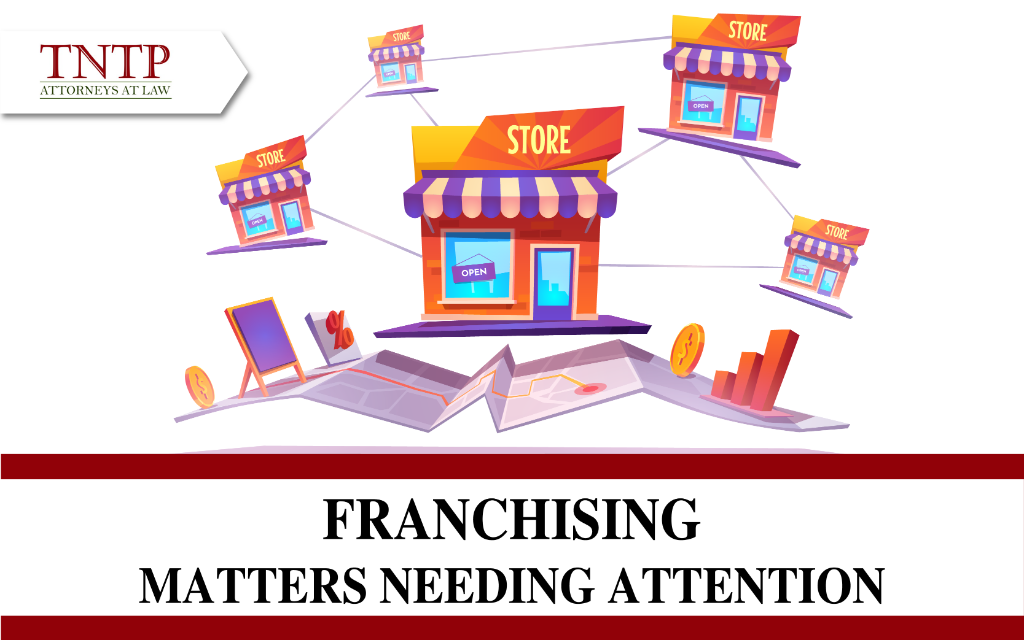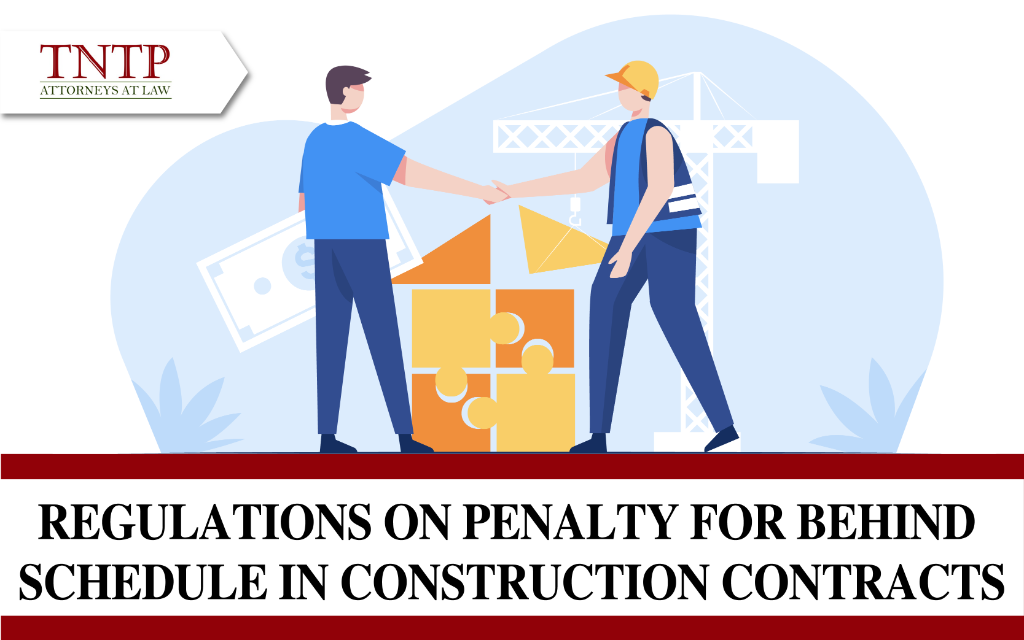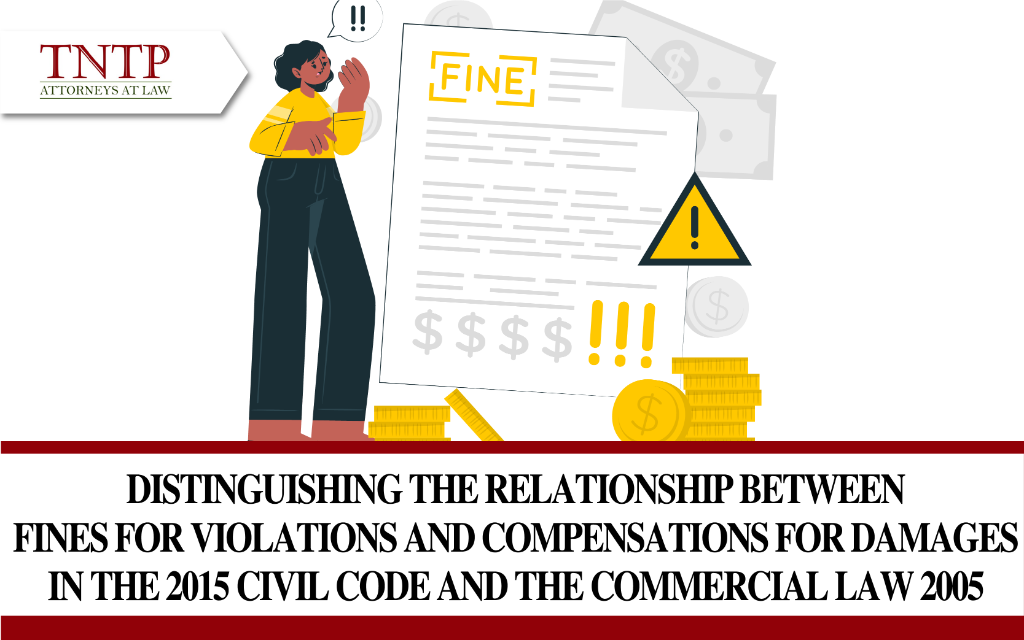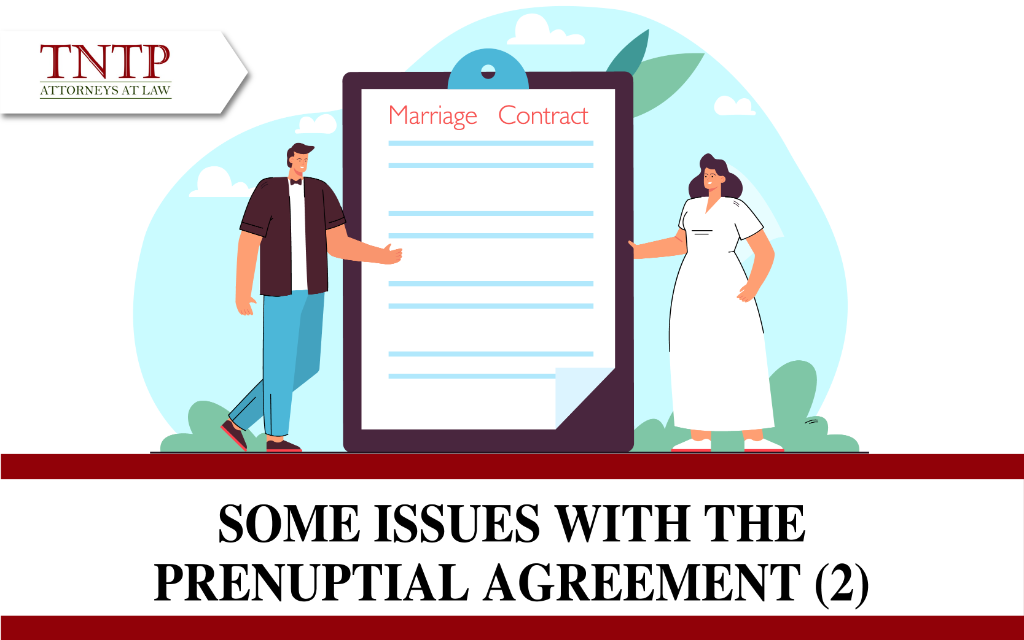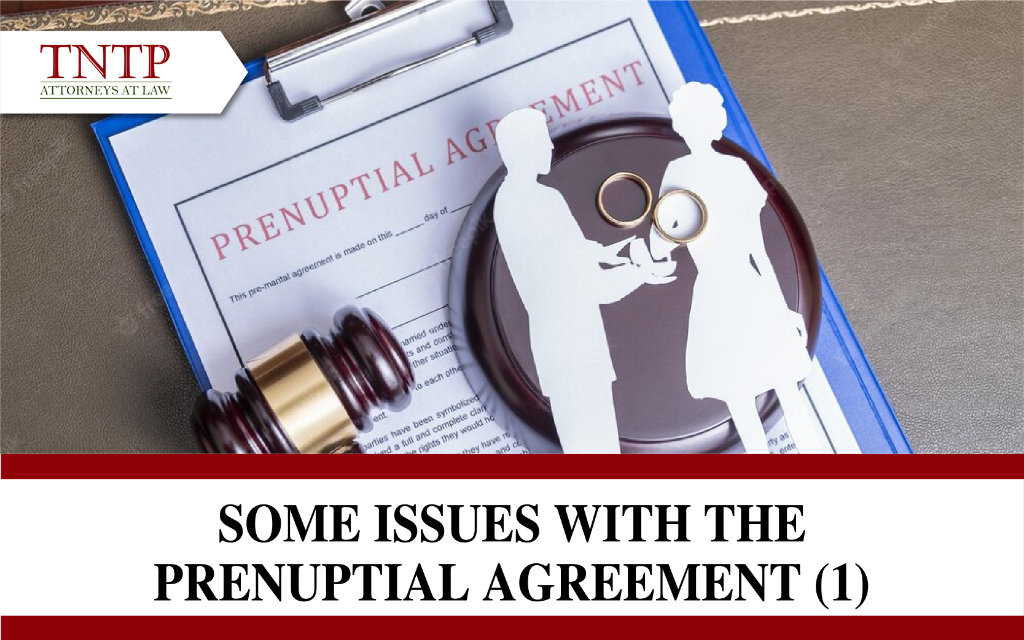Franchising – Matters needing attention
Currently, enterprises in the world and Vietnam especially prefer the form of investment and franchise business to be able to quickly increase coverage, dominate market share, and create value for corporate brands. Accordingly, in the article below, TNTP will help readers understand matters needing attention before franchising or receiving a franchise.
I. What is a franchise?
Pursuant to Article 284 of the 2005 Commercial Law, Commercial franchise means a commercial activity whereby franchisors permit and require franchisees to undertake by themselves to purchase or sell goods or provide services on the following conditions:
“The purchase or sale of goods or provision of services shall be conducted in accordance with methods of business organization prescribed by franchisors and associated with the franchisors’ trademarks, trade names, business know-how, business slogans, business logos, and advertisements;
Franchisors shall be entitled to supervise and assist franchisees in conducting their business activities.”
II. Conditions and registration of the franchise
1. Conditions for the franchisor
Pursuant to Article 8 of Decree No. 08/2018/ND-CP effective from 15/01/2018 amending Article 5 of Decree No. 35/2006/ND-CP detailing the implementation of Commercial Law 2005 regarding franchising: “Traders are allowed to grant franchise rights when the business system intended to be used for franchising has been operating for at least 01 years”.
Currently, in Vietnam, there is no legal document guiding and explaining “the business system intended to be used for franchising has been operating for at least 01 years”.
Referring to the views of the Ministry of Industry and Trade on answering the problem of Feddy Co., Ltd. published in the Government e-newspaper on 05/03/2019 for the content of asking “the timeline for the start of operation of the franchise intended system is from the date of issuance of the certificate of registration of enterprises with wholesale lines, suitable retail, or is the date of issuance of the certificate of business location registration of a Vietnamese enterprise?”, the Ministry of Industry and Trade replied:
According to the provisions of Article 8 of Decree No. 08/2018 /ND-CP dated January 15, 2018, the conditions for franchising are as follows: “Traders are allowed to grant franchise rights when the business system intended to be used for franchising has been operating for at least 01 years”. Conditions “has been in operation for at least 01 year” applies to the business system intended to be franchised, not to traders. Therefore, 01 year is the time calculated from the date of issuance of the certificate of the business location of the first store belonging to the trader’s business system, and the store and that business system must implement real business activities in practice.
2. Franchise Registration
Pursuant to Article 3 of Decree No. 120/2011/ND-CP effective from February 1, 2012, regulations on franchising have been added, in cases where franchise registration is not required, including Franchises in the territory of Vietnam and commercial rights from Vietnam to foreign countries; for cases where franchise registration is not required then it is only necessary to implement the reporting regime for the Department of Industry and Trade.
In addition to the cases that are not required to register the franchise mentioned above, when conducting a franchise, traders who are expected to franchise (including foreign traders who are expected to franchise) must register their franchise activities with the competent authority as prescribed in Decree No. 35/2006/ND-CP detailing the implementation of Commercial Law 2005 regarding franchising.
III. Responsibility to provide information about the parties in the franchise
1. The franchisor’s responsibility to supply information
Pursuant to Article 8 NĐ 35/2006/ND-CP, the franchisor shall have to supply copies of the franchising contract form and the written introduction of its franchising to the intended franchisee at least 15 working days before signing the franchising contract, unless otherwise agreed by the parties. Compulsory contents of the written introduction of franchising shall be specified and promulgated by the Ministry of Trade.
In addition, The franchisor shall have to promptly notify all franchisees of all important changes in the franchising system, which may affect the latter’s business activities by mode of franchising.
If the franchise is a general franchise, in addition to providing information according to the above, the Secondary Franchisor must also provide the intended franchisee in writing with the following contents: Information on the franchisor that has granted commercial rights to it and the handling of secondary franchise contracts in the event of termination of a joint franchise contract.
2. The intended franchisee’s responsibility to supply information
The legislation does not specify the contents that the proposed franchisor must send to the franchisor for the intended franchisee. The intended franchisee must, however, present the franchisor with the information reasonably requested by the franchisor in order for the franchisor to decide whether or not to grant the franchise to the intended franchisor.
Above are some legal contents related to franchise issues to note, TNTP hopes that the above article will bring readers useful information.
Sincerely,
